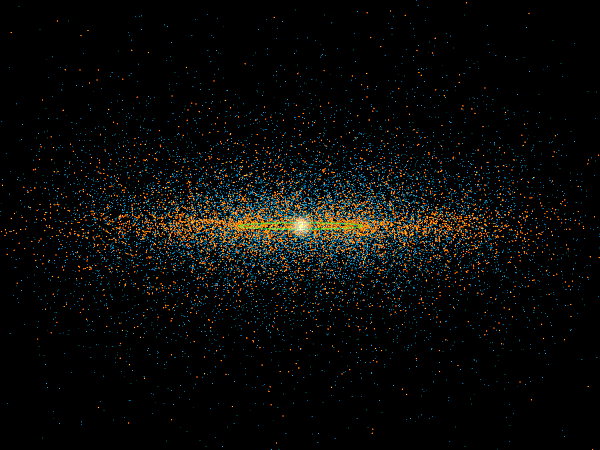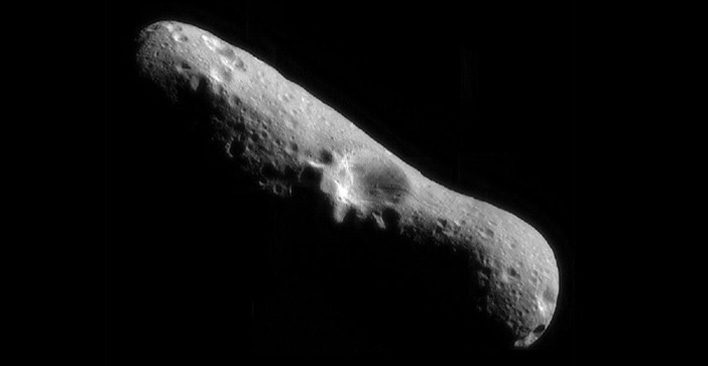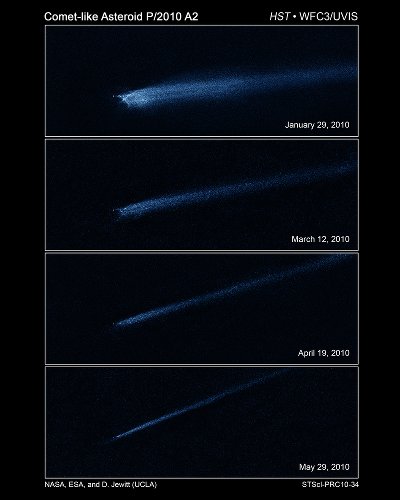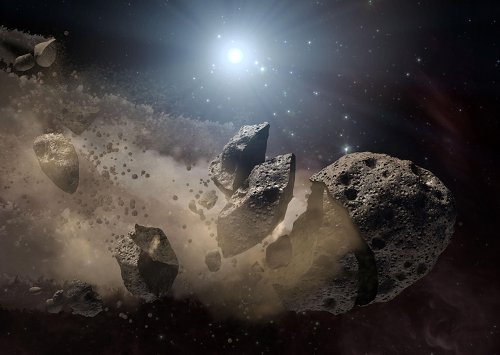Introduction
A region of the solar system out beyond Mars contains the majority of the asteroids. This is called the Asteroid Belt. The four largest asteroids in the belt are called Ceres, Vesta, Pallas, and Hygiea. These large asteroids make up about half of the mass of the entire asteroid belt. Scientists like to say that if you combined all of these rocky asteroids together, it would make a planet a bit smaller than Earth's moon.

Where is the Asteroid Belt?
The Asteroid Belt is between the orbits of Mars and Jupiter. The space between asteroids is large enough that when standing on a given asteroid, it would be impossible to see any other object.

What Exactly is an Asteroid?
Asteroids are small, rocky solar bodies that orbit in space. Scientists refer to these bodies as minor planets. There are millions upon millions of asteroids that are commonly grouped based on their composition. Asteroids are mainly made up of materials that are left over from the creation of the inner solar system. There are three types of composition classes. C-types are made of clay and silicate rocks. S-types are made of silicate rocks and nickel-iron mixtures. M-types are made of metallic nickel-iron. The different compositions describe how far from the Sun they were formed.

Facts and Figures About the Asteroid Belt
- Some asteroids are solid objects of rock and stone, while others are "rubble piles."
- Very few asteroids are extremely large. Most are actually the size of pebbles.
- Ceres is also defined as a dwarf planet. It is the largest dwarf planet in the solar system.
- Scientists know of more than 7,000 asteroids!
- An asteroid hitting Earth contributed to the extinction of dinosaurs 65 million years ago.
- Asteroids about the size of a football field impact Earth about once every 2,000 years.
- Some asteroids are large enough that they actually contain moons of their own.
